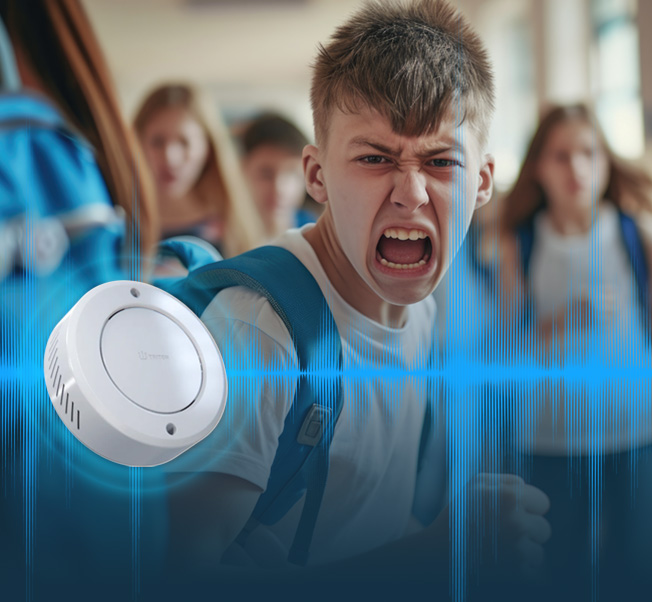Vaping is now a silent problem in schools, as students use e-cigarettes secretly in bathrooms or secluded corners. It poses a major threat to health and safety. To counter this smoking, vape detectors have emerged as essential tools, offering schools an advanced and discreet method to get control back. Triton Sensors vape detectors are an amazing example of technological innovation. They combine security, precision and privacy with multiple threats to create safer school environments.
Triton’s vape smoke detector, unlike traditional smoke alarms, is specifically designed to recognize unique chemical signatures in nicotine and THC aerosols. This prevents false positives caused by steam or particles that are not harmful. This level of accuracy is crucial in schools with a high volume of students where disruptions are reduced. Vape detector goes beyond smoking, and can detect loitering in the crowd, a verbal assault as well as critical threats such as shots. The devices have a guarantee of 10 years and make a good option for schools trying to budget for a tight budget.

Image credit: tritonsensors.com
Vape detectors are distinct in the sense that they transform an incidental discipline, such as the school’s discipline policy into proactive preventive measures. These sensors are in operation 24 hours a day, and they monitor high-risk places like locker rooms and bathrooms. They send instant alerts via an app to school administrators in the case of incidents. In real-time, schools can react quickly, and often before things get out of control. The data from Triton reveals a shocking real-world scenario: every 3 minutes, a pupil is identified as a vaper by their system, highlighting the urgency of such technology.
One of the most notable characteristics of the vape detector is that it protects students’ privacy by observing the amount of time spent. Patent-pending technology monitors loitering and crowding without the use of cameras or mics. This respects student privacy. With the Triton Cloud Dashboard, schools gain access to intuitive visualizations of patterns of occupancy that help to identify areas of concern with no intrusive techniques. This is particularly valuable in spaces where oversight is difficult, encouraging safety and keeping the boundaries.
Dashboard’s hotspots analysis takes it further, mapping out where and when vaping instances are at their highest. This data-driven approach lets schools improve their response by effective use of staff and resources. Additionally, Triton’s reporting systems collect detailed evidence of vaping activity, enabling administrators to provide clear and quantifiable insights to parents and school boards. Vape detectors in schools usually report a drastic reduction in the amount of vaping that occurs within 5 weeks. This is due to their effectiveness as a deterrent and actionable intelligence.
Vape smoke detector also addresses broader safety concerns, making it a versatile guardian. In spotting keywords associated with aggression or bullying, it helps schools nip problems with behavior in the bud. The ability of the system to recognize gunshots is an crucial element of security in this day and age when there are greater concerns regarding security. This multi-faceted approach ensures that schools don’t only tackle smoking cigarettes, but also create a comprehensive safety network.
Triton remains popular because of its cost-effectiveness. Despite its advanced features, the system has been priced to match school budgets providing a cost-effective alternative to hiring more personnel or installing intrusive surveillance. Since fewer vaping-related incidents and related incidents take place it will have long-term benefits.
Vape detectors are a beacon of hope in a world where the use of marijuana is challenges to schools. They are a combination of cutting-edge technology and an adherence to protect your privacy. They enable educators to be more focused on teaching, not police work. Triton’s vape detectors redefine what it means to maintain an environment for education that is safe. They target not only vaping, but also loitering and violent behavior. These sensors are designed to aid schools keep up-to-date with the constantly changing threats.